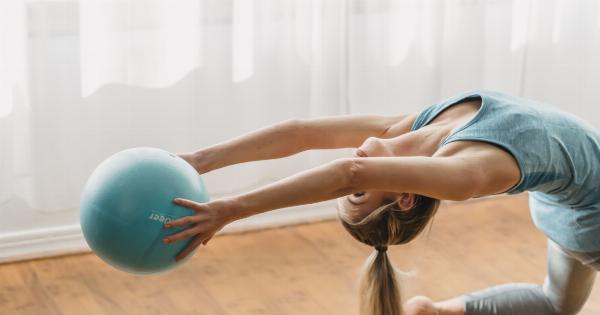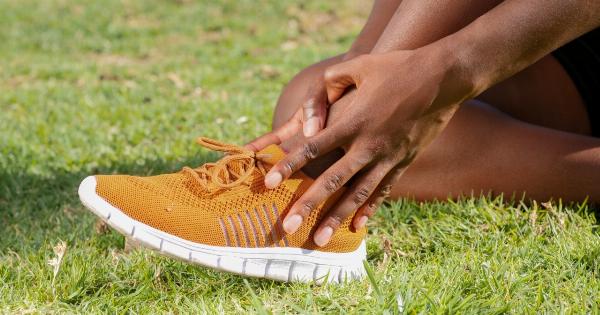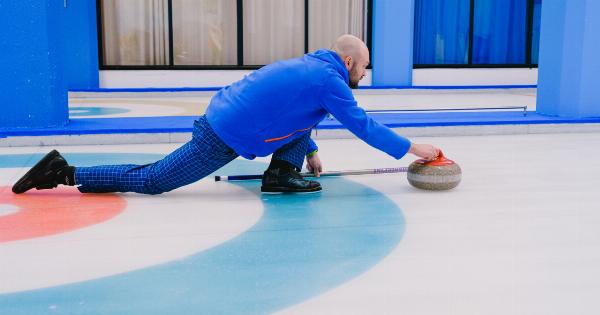Knee pain is a common problem that affects people of all ages. It can be caused by various factors, such as injuries, arthritis, or overuse.
The good news is that there are several preventive measures you can take to reduce your risk of developing knee pain. In this article, we will provide you with helpful tips on how to prevent knee pain and maintain healthy knees.
1. Maintain a Healthy Weight
One of the most important steps you can take to prevent knee pain is to maintain a healthy weight. Excess weight puts added stress on your knees, which can lead to pain and discomfort.
By maintaining a healthy weight, you can reduce the strain on your knee joints and decrease your risk of knee-related problems.
2. Exercise Regularly
Engaging in regular exercise is crucial for maintaining strong and healthy knees. Activities such as walking, swimming, and cycling can help strengthen the muscles around your knees, providing them with better support.
Additionally, regular exercise can help improve flexibility and reduce the risk of injury.
3. Warm Up before Physical Activity
Before engaging in any physical activity or exercise, it’s essential to warm up properly. Warming up helps increase blood flow to your muscles, making them more flexible and less prone to injury.
Spend a few minutes doing dynamic stretches or light cardio exercises to prepare your body for the activity ahead.
4. Wear Appropriate Footwear
The shoes you wear play a significant role in preventing knee pain. Invest in a good pair of shoes that provide proper support and cushioning for your feet.
Wearing appropriate footwear can help distribute your body weight more evenly and reduce the stress on your knees.
5. Use Knee Braces or Supports
If you have a history of knee problems or are involved in activities that put excessive strain on your knees, consider using knee braces or supports.
These devices can provide additional stability to your knees and help prevent injuries during physical activities.
6. Avoid Overuse and Repetitive Movements
Overuse and repetitive movements can contribute to knee pain and injuries. It’s important to avoid activities that involve repetitive knee motions, especially if they cause discomfort or pain.
If your job or hobbies require repetitive movements, make sure to take frequent breaks and incorporate stretching exercises into your routine.
7. Strengthen Your Leg Muscles
Strong leg muscles, particularly the quadriceps and hamstrings, can help support your knees and reduce the risk of knee pain. Incorporate exercises that target these muscles into your workout routine, such as squats, lunges, and leg presses.
Consult with a fitness professional for proper guidance on form and technique.
8. Maintain Proper Posture
Poor posture can place unnecessary stress on your knees, leading to pain and discomfort. Be mindful of your posture during everyday activities, such as sitting, standing, and walking.
Keep your back straight, shoulders relaxed, and distribute your weight evenly on both legs.
9. Take Breaks during Prolonged Sitting or Standing
If your daily routine involves prolonged sitting or standing, make sure to take regular breaks and stretch your legs. Sitting or standing in the same position for extended periods can place excessive strain on your knees and contribute to knee pain.
Incorporate short walks or stretching exercises into your breaks to keep your knee joints mobile.
10. Listen to Your Body
Lastly, it’s crucial to listen to your body and pay attention to any signs of discomfort or pain in your knees.
If you experience persistent knee pain or swelling, avoid activities that worsen the symptoms and consult a healthcare professional for an accurate diagnosis and appropriate treatment.



























